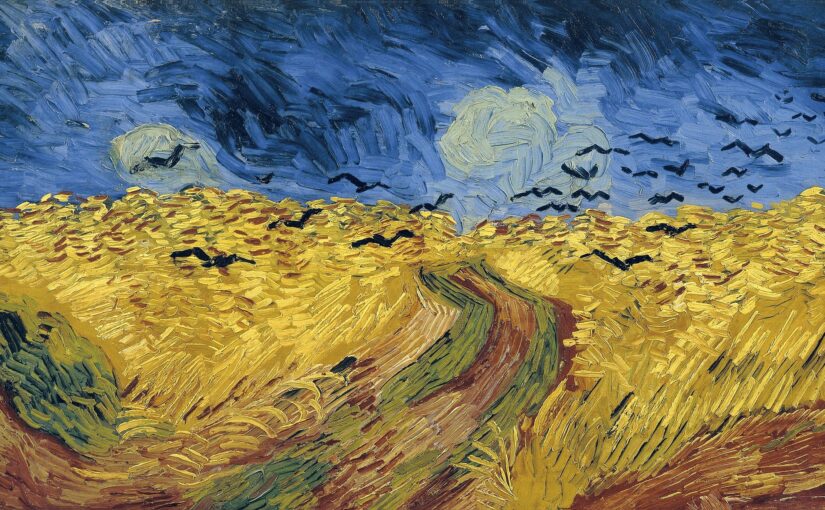Vincent Van Gogh was a Dutch painter, born in 1853. Whilst many of his paintings today are celebrated as some of the greatest paintings of all time, his art did not sell during his time alive. His greatest artistic endeavours unfortunately came at a time of great decline in his mental health, culminating in 1888 when he famously cut off his own ear as a gift for a sex worker. Not long after this incident, he admitted himself to an insane asylum, where he painted some of his most iconic work, including A Starry Night. Many describe Vincent today as a great artist with a tortured soul.
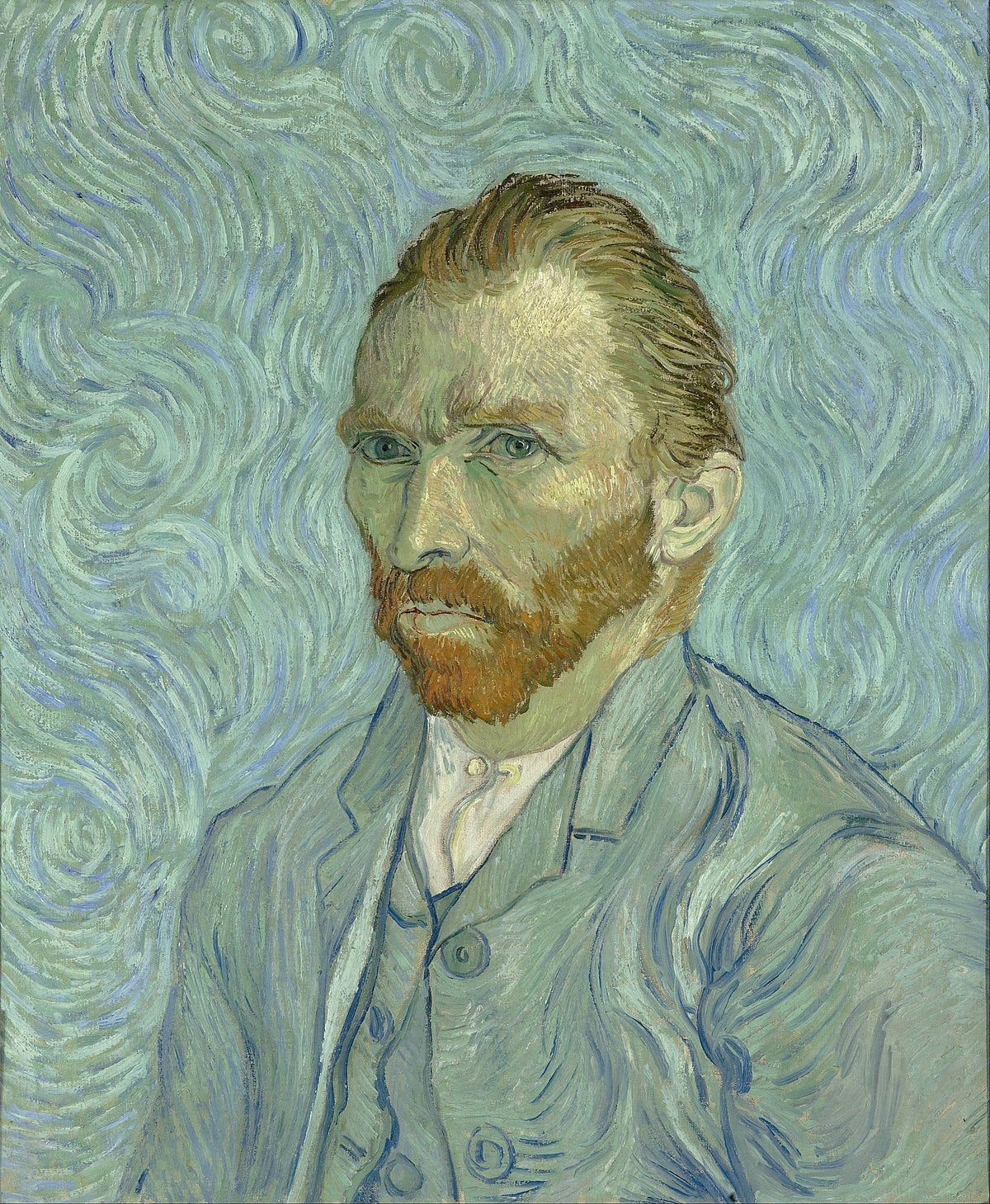
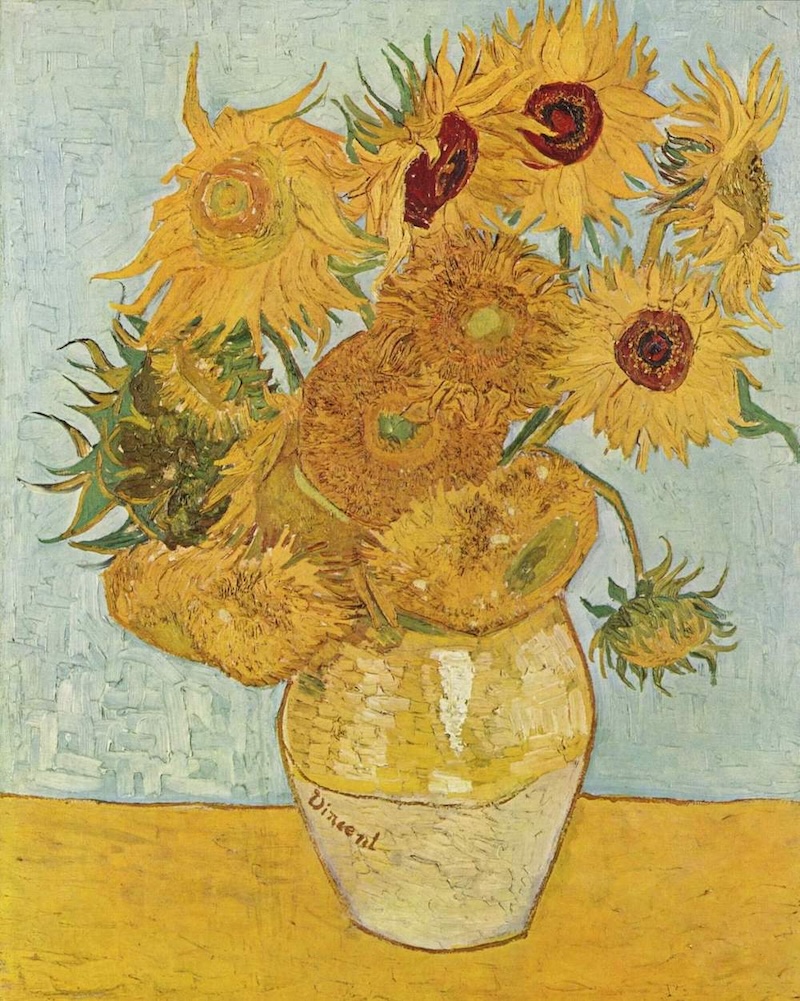
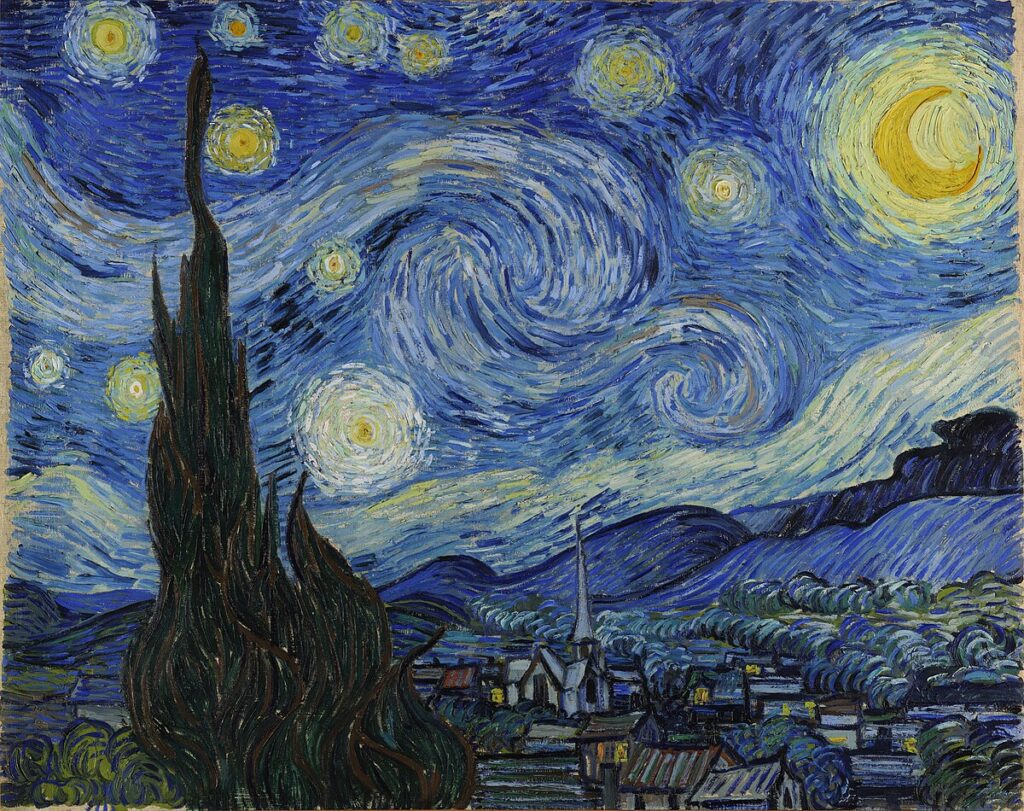
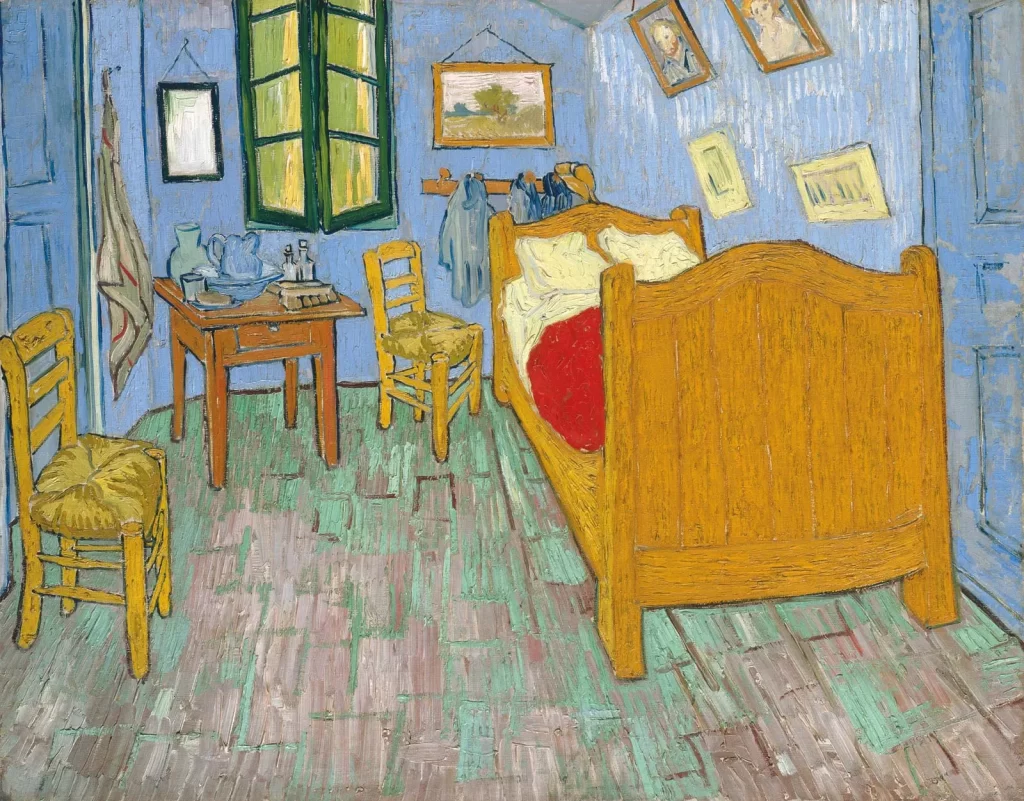
By May 1890, he was released from the institution, he moved to Auvers-sur-Oise, a small commune just outside of Paris, where he would keep in regular contact with his brother, Theo, who lived in the city. On a visit, Theo told Vincent that he was considering starting up a new business. Vincent was apparently deeply troubled by this, believing that he had become a burden after living off his brother’s money during his years of unemployment and this gamble with his personal finances would only financially cripple Theo more.
On July 27th, 1890, Vincent had lunch and went out with his art supplies and came back around sundown. Due to the nice weather, many people were still eating, drinking and socialising outside of the inn he was staying at by the time he got back. He shuffled past, made no attempt at eye contact and, most notably, came back with none of the art supplies he had left with. His jacket was buttoned all the way up, which was particularly peculiar for such a warm night. The owner of the inn, Gustave Ravoux, went to go check on Vincent after he had been spotted clutching his abdomen limping upstairs. He found him lying on his bed curled up. When Ravoux asked what was wrong, Vincent stated that he had “wounded himself”, before opening his shirt and revealing a gunshot wound in his chest. At around midnight, he passed away, being cradled by his brother, saying “I want to die like this”
The main theory to this day is that Vincent committed suicide, considering his dire mental health and him feeling like a financial burden to his brother. The possible circumstances surrounding this theory come from Adeline Ravoux, daughter of Gustave Ravoux, who claims that Vincent went to a wheat field that he often painted in, shot himself in the chest and, as the night got colder, was woken up. Upon struggling to find the gun in the field to finish the job, he returned to the inn and the story goes as previously said. This story is incredibly strange, as the gun not being able to be found, unless he tossed it for some reason, is very odd. Not only that but the chest is an incredibly odd place to kill yourself and is very uncommon in suicides. And, finally, if this story is to be believed and he passed out after shooting himself, only to wake up later, then the wound would be much bloodier than it was when he arrived back at the inn. Upon a search of the field, no-one else could find a gun or the art supplies in the field. In addition, Vincent was quite religious, and openly condemned suicide in all forms. Despite this, he was adamant at the inn that he had shot himself.

With the suicide theory having many holes, it’s time to turn to the theory of biographers Steven Naifeh and Gregory White Smith, who theorise that Vincent was shot by a group of local boys and protected their identities. Often, Vincent was the subject of public bullying. When he asked people to sit for paintings, they’d often refuse. His appearance didn’t help, with his straggly hair, unkempt clothes and missing ear. Some of his worst bullies were the boys, who’d pretend to be nice to Vincent, only to play practical jokes on him, like spiking his coffee with salt, putting snakes in his painting supplies and rubbing chilli pepper on a brush he was known to suck.
One of his most notrious pranksters was a young boy called René Secrétan who said “Our favourite game was making him angry, which was easy.” Gaston, René’s older brother, was an aspiring artist himself and often spoke with Vincent about the Parisian Art World. Vincent thought that René was something he’d just have to put up with in order to have an actual friendship with Gaston. René, on the other hand, often enjoyed fishing and hunting and, after seeing a Wild West show in Paris, became obsessed with cowboys. It got to the point where René would often wear Western Attire, to which Vincent would often call him “Puffalo Pill” a mispronunciation of Buffalo Bill due to his accent, which often angered René.
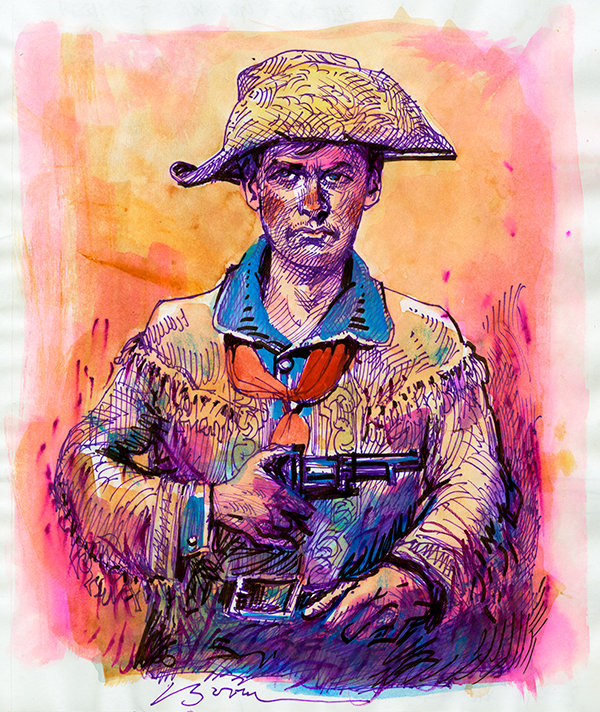
One part of the boy’s Western Ensemble outfit was a .380 calibre revolver, which Naifeh and Smith allege was accidentally discharged on the day of Vincent’s death, and struck him in the abdomen, whereupon he stumbled back to the inn and testified that he had committed suicide. It is alleged that the boys took the supplies for themselves or perhaps destroyed them. Not only that but eye witnesses claim that he was headed to a small hamlet, where René liked to fish. In addition, it is more believable that Vincent was killed here rather than at the field, as the mile long trek down from the field would be much harder to do with a hole in his chest, than the much shorter, more flat walk from the hamlet.
Not long after Van Gogh’s death, René left town, notably without his pistol, which hardly left his side. He claimed Vincent had stolen it. Whilst Vincent died in his 30s, not seeing much financial success from his work, his art is admired today as some of the greatest in the world.
Van Gogh is the finest painter of them all. Certainly the most popular, great painter of all time. The most beloved, his command of colour most magnificent. He transformed the pain of his tormented life into ecstatic beauty. Pain is easy to portray, but to use your passion and pain to portray the ecstasy and joy and magnificence of our world, no one had ever done it before. Perhaps no one ever will again. To my mind, that strange, wild man who roamed the fields of Provence was not only the world’s greatest artist, but also one of the greatest men who ever lived.
Bill Nighy, “Vincent and the Doctor”, Doctor Who
